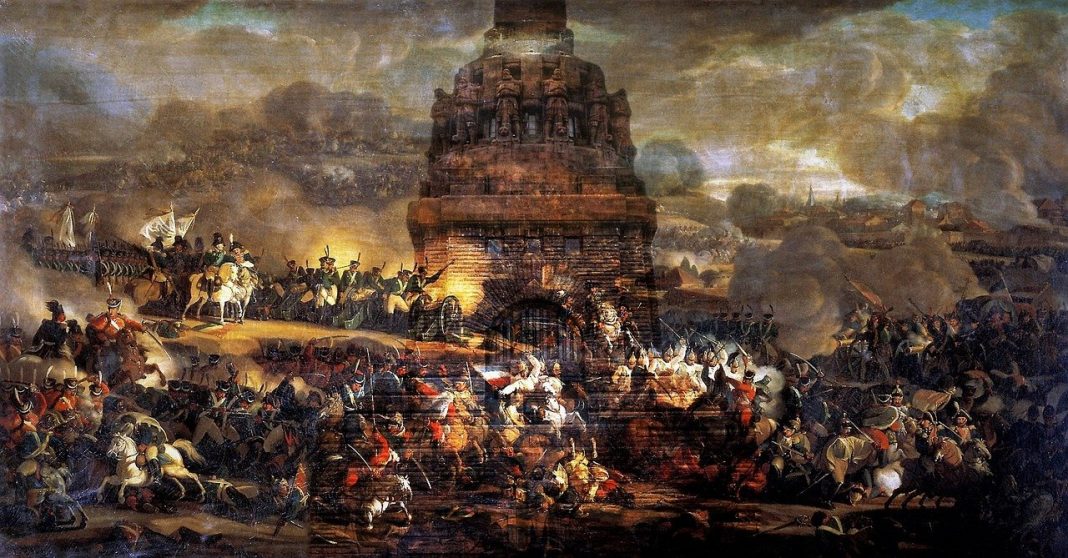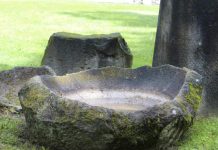Mystic Fort massacre was on a palisades Pequot community near the Mystic River in present-day Connecticut on May 26, 1637. The attack was carried out by a force of English settlers and their Native American allies. The Mystic Fort Fight became the central event of the Pequot War (1636–1638). It resulted in the immediate deaths of hundreds of men, women, and children, and led to the longer-term subjugation of the tribe to the Mohegans and the Narragansetts.

These two tribes had assisted the English colonists. Following the outbreak of the conflict with the Endicott expedition of September 1636, hostilities for the next six months revolved around Pequot harassment of the English at Fort Saybrook, at the mouth of the Connecticut River. But in late April 1637, Pequot warriors raided Wethersfield, an English settlement further up the river, killing 6 men, 3 women, and much livestock, and capturing 2 girls.
A week later, on May 1, the General Court of the Connecticut Colony declared “offensive war” on the Pequots. It duly sent 90 men under Captain John Mason on a retaliatory mission. Shortly thereafter, Mason’s force arrived at Fort Saybrook accompanied by a number of Mohegan warriors under their leader Uncas.
There Mason met a smaller group of twenty men under Captain John Underhill, sent out by the colony at Massachusetts. Mason’s original orders specified that he attacks the main Native American settlement on the Pequot River. However, after considering the difficulties of such an attack, and in consultation with other officers and the expedition’s cleric, Mason decided to move his force to Narragansett Bay. From there he planned to attack another large fortified Pequot settlement on the Mystic River.
On the evening of May 23, 1637, Mason landed with about 70 men from Connecticut, 19 from Massachusetts, and some 70 Mohegan warriors. He negotiated with Miantonomo and other Narragansett leaders to pass through their lands and marched his forces westward the following day. The English and the Mohegans then encamped outside, and surrounded, an Eastern Niantic village, a precaution to ensure that none alerted the Pequots of their approach. They did so also because of the Niantics’ antagonistic attitudes.
On the morning of May 25, several hundred Narragansett warriors joined Mason’s expedition. The weather was extremely hot and the march was a difficult one. Many of the Narragansetts abandoned Mason when his forces reached the Pawtucket River, which was their boundary with Pequot land. The men rested during the night, then began their attack around daybreak on May 26, 1637.
The attackers first surrounded the village and fired a musket volley, surprising the sleeping Pequots inside. Then, divided into two forces—one each under Mason and Underhill— the men simultaneously assaulted the two entrances in the palisade. The Pequots defended themselves with bows and arrows and in hand-to-hand combat.
Although the original English intention was to kill the inhabitants, the attackers found the struggle difficult in the tight quarters among the Pequot wigwams, leading their commanders to decide to set fire to the village. The conflagration soon engulfed the settlement, with numerous Pequots dying in the blaze and many warriors fighting to the last. Other Pequots fled the village, but almost all those attempting to escape were slain by the English or their Native American allies.
Combat did not end with the destruction of Mystic village, however. Mason’s force then had to continue on to the Pequot River to rendezvous with their ships. During the march, warriors from the other main Pequot settlement attacked, although the English effectively kept them at bay. Mason’s march was slowed by the exhaustion of his men and the need to transport the wounded.
The English reached their vessels later that day. English casualties for the campaign amounted to 2 killed and 20 wounded; casualties among the accompanying Mohegan and Narragansett warriors are unknown. Estimates of Pequots slain at Mystic range from 400 to 700 people. Mason claimed that only 7 were taken captive and 7 escaped.
Pequots elsewhere scattered after the assault, with many later hunted down by the English and their native allies. Although these operations did not result in the wholesale slaughter witnessed at Mystic, hundreds of Pequots were forced into servitude by the English or were incorporated into the Narragansett or Mohegan tribes.
Read More – The History of Jamestown Virginia








